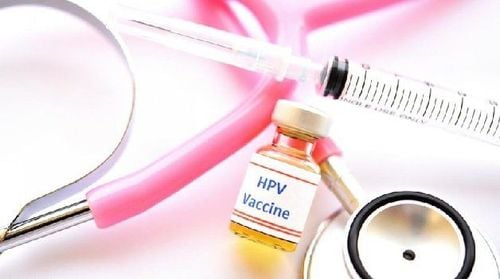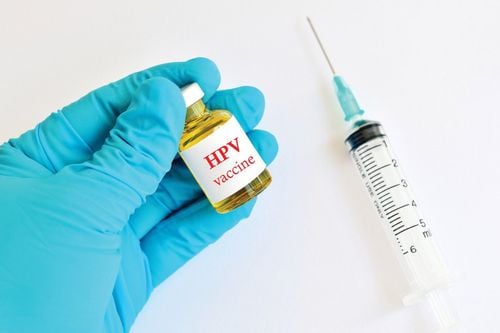This is an automatically translated article.
The article was consulted with MSc, Dr. Trinh Thi Thanh Huyen - Obstetrician and Gynecologist - Department of Obstetrics and Gynecology - Vinmec Hai Phong International General Hospital.1. Cervical cancer screening
Cervical cancer screening is a way to find abnormal cell changes that can lead to cancer in the cervix. Screening includes a cervical smear (also known as a Pap smear) and an HPV test for some women. Pap smear and HPV testing can be done at the same time with a soft brush and will not cause pain or adnexal damage.Cervical cancer screening tests are done depending on a woman's age:
Women should begin cervical cancer screening at age 21. Women between the ages of 21 and 29 Pap smear should be done every 3 years. In this age group, it is not necessary for women to have an HPV test unless the Pap smear shows an abnormality. Women between the ages of 30 and 65 should have a Pap smear and HPV test every 5 years.
2. Abnormal cervical cancer screening results
If the HPV test is positive, you have a high-risk type of HPV that can lead to cervical cancer. This does not mean that the patient has cervical cancer at the time of receiving the results, but it is a warning sign that cervical cancer may develop in the future.Abnormal Pap Smear test results:
Atypical squamous cell changes of unknown significance (ASCUS) - changes in cervical cells were detected. These changes are mostly indicative of an HPV infection and are the most common abnormal Pap smear result. Low-grade intraepithelial lesion (LSIL) - cervical cells show slight change, with no predisposition to develop into cancer. LSIL is often a sign of an HPV infection that goes away on its own.

Sàng lọc cổ tử cung giúp loại bỏ ung thư
3. What to do next after receiving abnormal screening results?
If cervical cancer screening results show any abnormalities, you may need additional tests.Repeat Pap smear and HPV test every 1 or 3 years, depending on initial test results, age, and previous test results. HPV test - identifies strains of HPV that can cause cervical cancer. Colposcopy and colposcopy - colposcopy procedure that uses a scope to detect abnormalities and determine the need for a biopsy of the cervix. After the biopsy sample is collected, it will be sent for testing and making a diagnosis. Endometrial biopsy - women with "Atypical adenocarcinoma" Pap smear results may need this additional test.
Please dial HOTLINE for more information or register for an appointment HERE. Download MyVinmec app to make appointments faster and to manage your bookings easily.
The article references the source: Acog.org, Mayoclinic.org, cancer.org












